Ground shipping is currently paused. Local deliveries throughout Long Island will continue as usual. Pre-orders for fall are now open. Non-local orders will begin shipping again in early September. Click here to learn more.
Please be aware that all shipping will be suspended on December 23 and will resume January 5. Dismiss
Skip to contentGround shipping is currently paused. Local deliveries throughout Long Island will continue as usual. Pre-orders for fall are now open. Non-local orders will begin shipping again in early September. Click here to learn more.
| Size | |
|---|---|
| Common Name | |
| Type | |
| Family | |
| Native? | |
| Zone | 4, 5, 6, 7, 8 |
| Height Range (ft.) | 2.00 to 4.00 |
| Spread (ft.) | 1.00 to 2.00 |
| Bloom Time | |
| Bloom Description | Clusters, Flowers in Panicles, Small, Yellow |
| Sun | |
| Water | |
| Maintenance | |
| Suggested Use | meadow gardens, Pollinator Garden, prairies, Wildflower Garden |
| Tolerate | |
| Growth Rate | |
| Attracts |
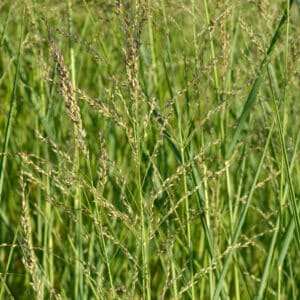
Euthamia graminifolia – Grass-leaved Goldenrod is a native perennial with narrow, grass-like leaves and clusters of yellow flowers. Perfect for pollinator gardens, meadows, and borders, it thrives in sunny, well-drained soils and provides late-season nectar.
$12.99 – $129.99Price range: $12.99 through $129.99
Please note: Sizes 1.5 Gallon and up can’t be shipped outside the counties of Nassau, Suffolk, and Queens.
Learn more about how the process works and how our plants are delivered.
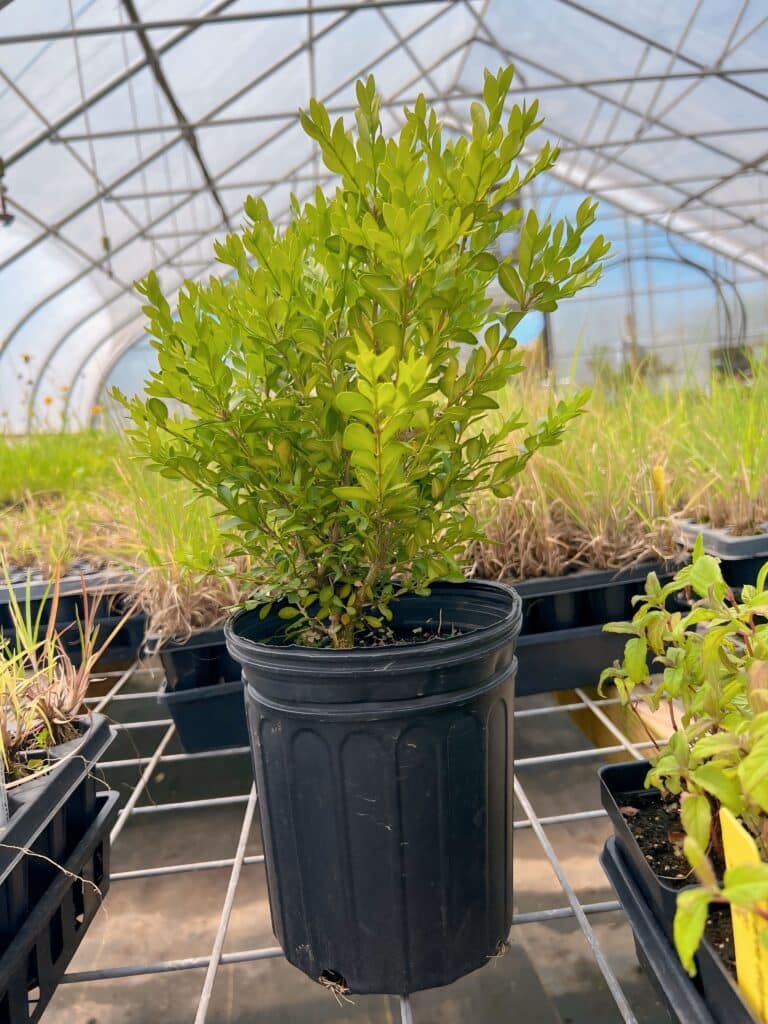

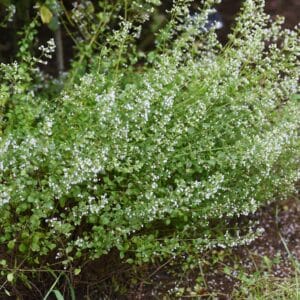
Ground shipping is paused due to summer heat. Only local delivery (Long Island & Queens) is available. Orders placed during the pause will begin processing September 1, and ground shipping will resume September 15.
| Size | |
|---|---|
| Common Name | |
| Type | |
| Family | |
| Native? | |
| Zone | 4, 5, 6, 7, 8 |
| Height Range (ft.) | 2.00 to 4.00 |
| Spread (ft.) | 1.00 to 2.00 |
| Bloom Time | |
| Bloom Description | Clusters, Flowers in Panicles, Small, Yellow |
| Sun | |
| Water | |
| Maintenance | |
| Suggested Use | meadow gardens, Pollinator Garden, prairies, Wildflower Garden |
| Tolerate | |
| Growth Rate | |
| Attracts |
Add late-season color and pollinator support to your garden with Euthamia graminifolia, commonly known as Grass-leaved Goldenrod. This native perennial features narrow, grass-like green leaves and clusters of tiny, bright yellow flowers that bloom from late summer to early fall. Its upright, bushy habit and graceful texture make it a standout in naturalized landscapes, meadows, or pollinator gardens. Grass-leaved Goldenrod thrives in a variety of soil conditions, tolerates drought once established, and provides a vital nectar source for bees, butterflies, and other beneficial insects during the late growing season.
Grass-leaved Goldenrod is ideal for adding texture and late-season color to borders, wildflower meadows, or naturalized plantings. Pair it with other late-blooming natives like Asters, Joe Pye Weed, or Ironweed for a dynamic and biodiverse landscape. Its graceful foliage and bright flowers make it a perfect companion to ornamental grasses or as an accent in rain gardens.
Euthamia graminifolia supports pollinators by providing a late-season nectar source for bees, butterflies, and other insects. Its dense root system helps stabilize soil, reducing erosion and improving water infiltration, making it a valuable addition to eco-friendly gardens and restoration projects.
Enhance your garden with the beauty and ecological benefits of Euthamia graminifolia – Grass-leaved Goldenrod. This resilient native perennial adds vibrant color, wildlife activity, and low-maintenance charm to your landscape.
/5
Total reviews
|
|
Persons recommended this product
Anonymous
Shopper
check_circle Verified
Shop owner replied
Was this helpful
Anonymous
Shopper
check_circle Verified
Shop owner replied
Was this helpful
There are no reviews yet.
Be the first to review “ ”
Your feedback helps us improve our service.
Please log in to submit a review.
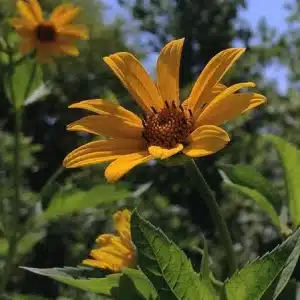
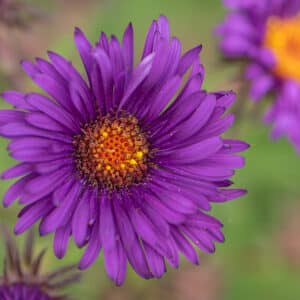
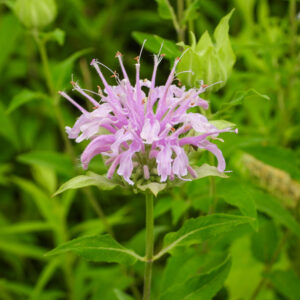
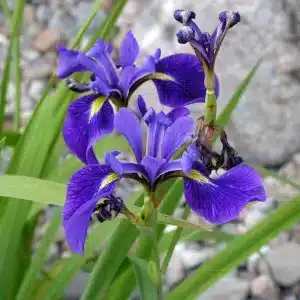
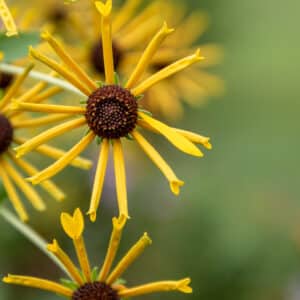
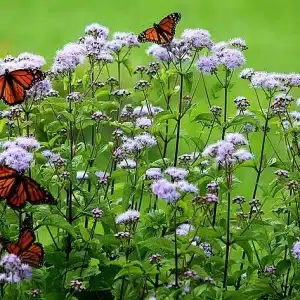
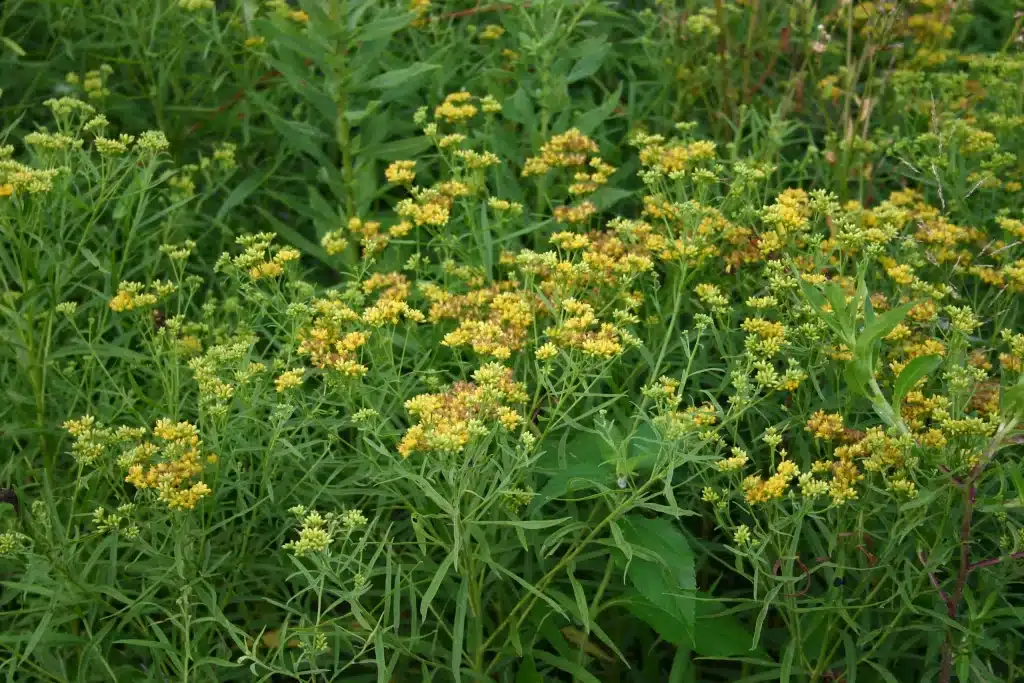
Yes. Euthamia graminifolia is native to much of the eastern and central United States, commonly found in meadows, prairies, roadsides, and moist fields. It is a true native wildflower and plays an important role in supporting pollinators and wildlife in naturalistic and habitat-focused plantings.
Unlike the more robust Solidago species, Grass-leaved Goldenrod has narrow, grass-like leaves and a more slender, upright form. It produces clusters of small, bright yellow flowers in late summer to early fall, typically growing 2 to 4 feet tall and 1 to 2 feet wide.
This plant thrives in full sun and adapts to a variety of soil types, including moist, average, or slightly dry conditions. It is hardy in USDA zones 3 through 9 and is an excellent choice for meadows, pollinator gardens, rain gardens, and naturalized plantings.
Absolutely. Grass-leaved Goldenrod is highly attractive to bees, butterflies, and other beneficial insects, especially in late summer when many other nectar sources are declining. It also serves as a host plant for several native moth and butterfly species and contributes significantly to native biodiversity.
Yes. It is generally deer-resistant and considered low-maintenance. It may spread modestly by rhizomes, making it well-suited for naturalized settings or prairie plantings, though it’s not aggressive. Occasional thinning or division can help maintain a tidy appearance.
Our gift cards make it easy to share the beauty of plants, flowers, and all things green. Whether for a special occasion or just because, give the gift of choice and let them select their favorites to create a garden they’ll cherish.
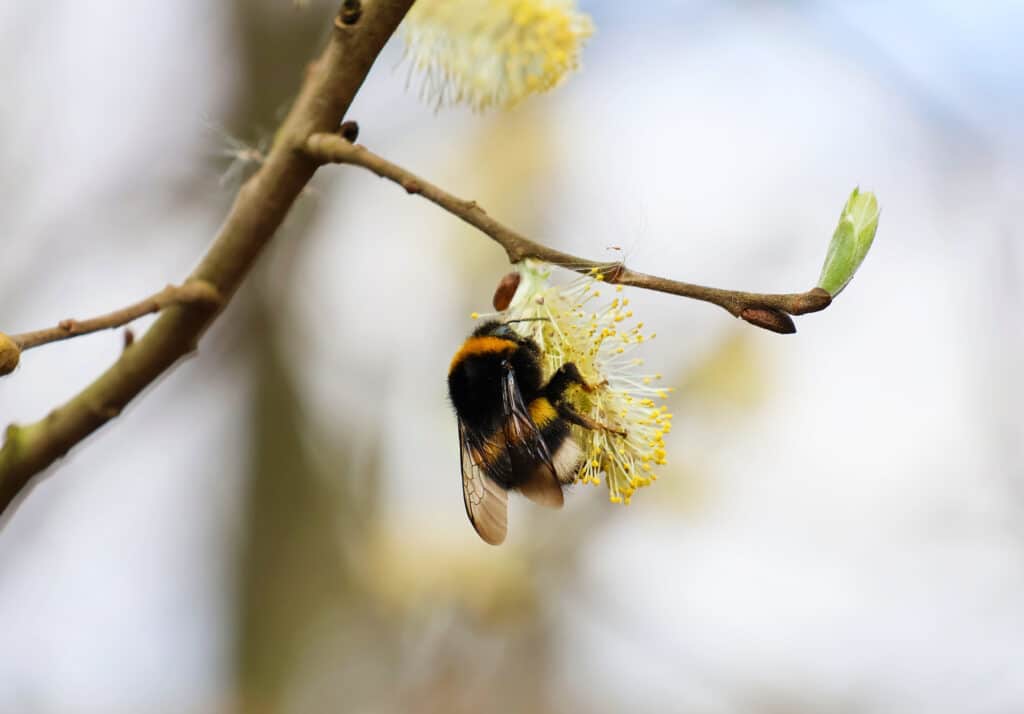
Only Local Delivery Available (Long Island & Queens)
Ground Shipping Paused
To protect our plants from extreme summer heat, we’ve paused nationwide ground shipping to avoid any damage during transit.
Local Delivery Only
We’re still delivering locally to Long Island and Queens, so nearby customers will continue to receive orders as usual.
Fall Pre-Orders Are Open Nationwide!
We will resume normal shipping for non-local orders placed during the pause in early September.
Thank you for your support and understanding—we’re looking forward to growing with you this fall!